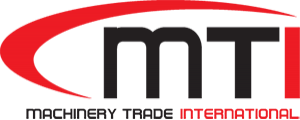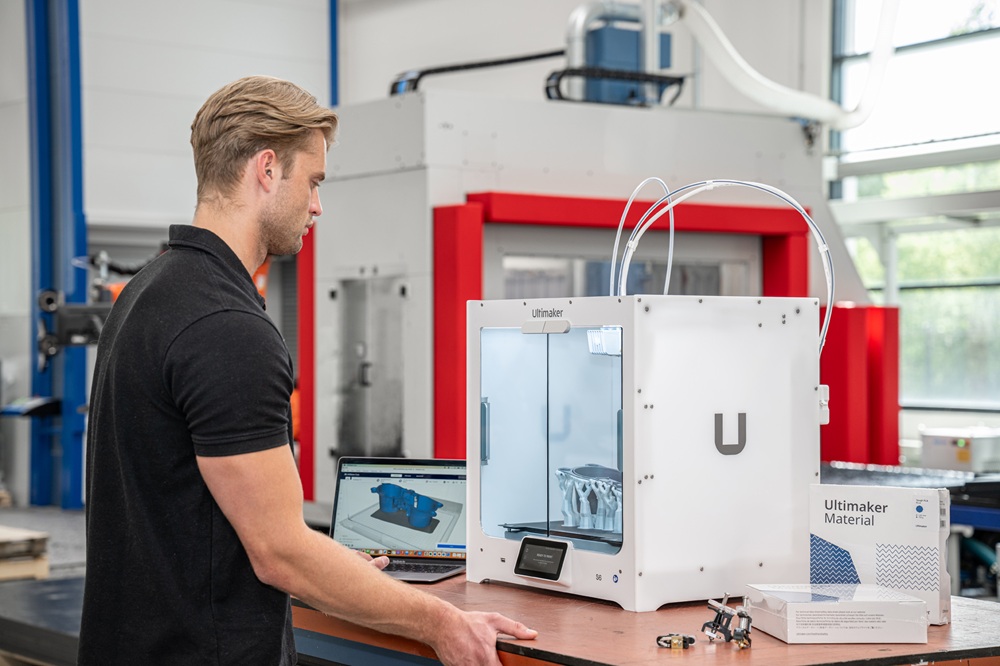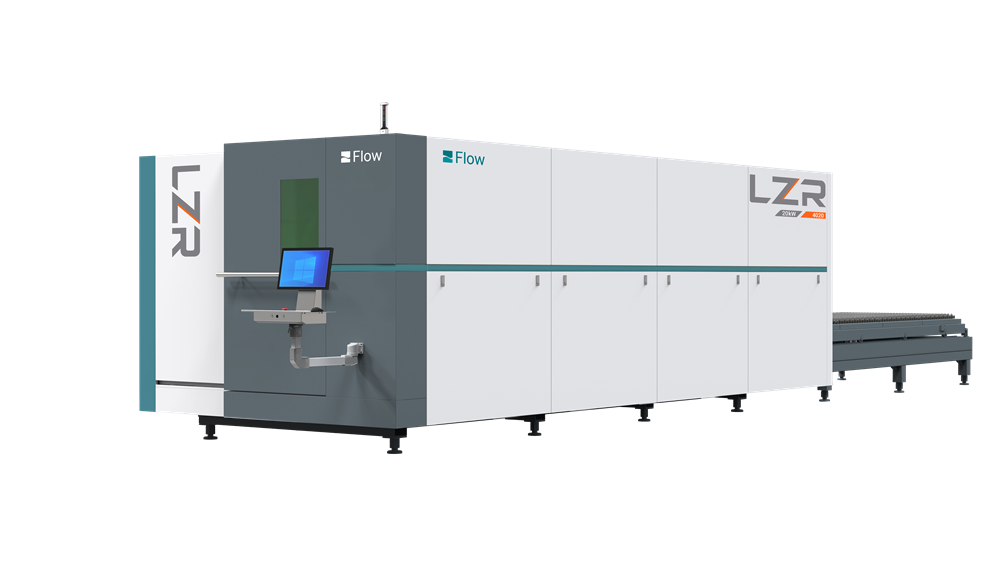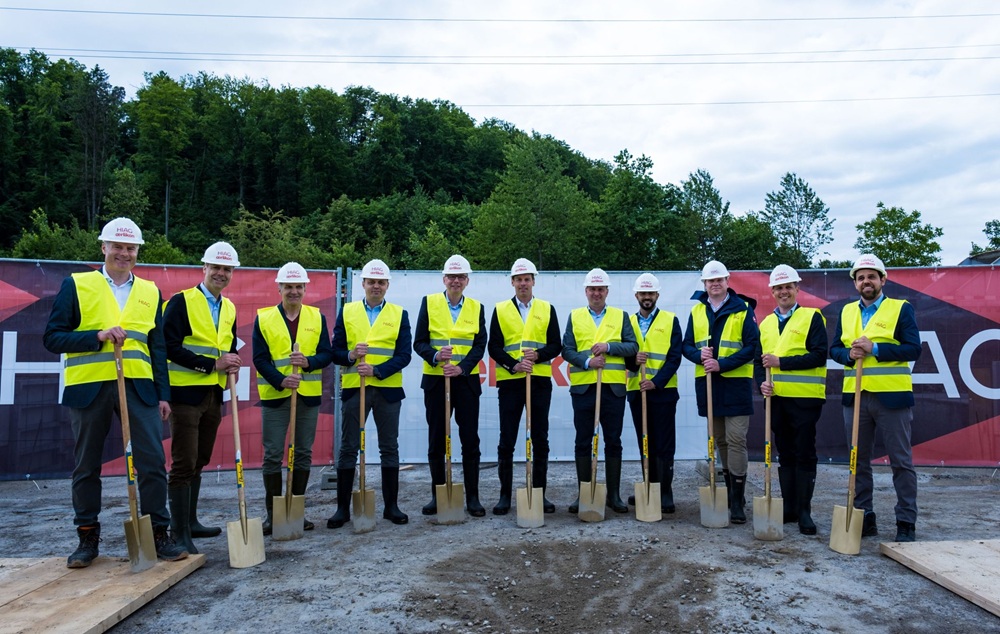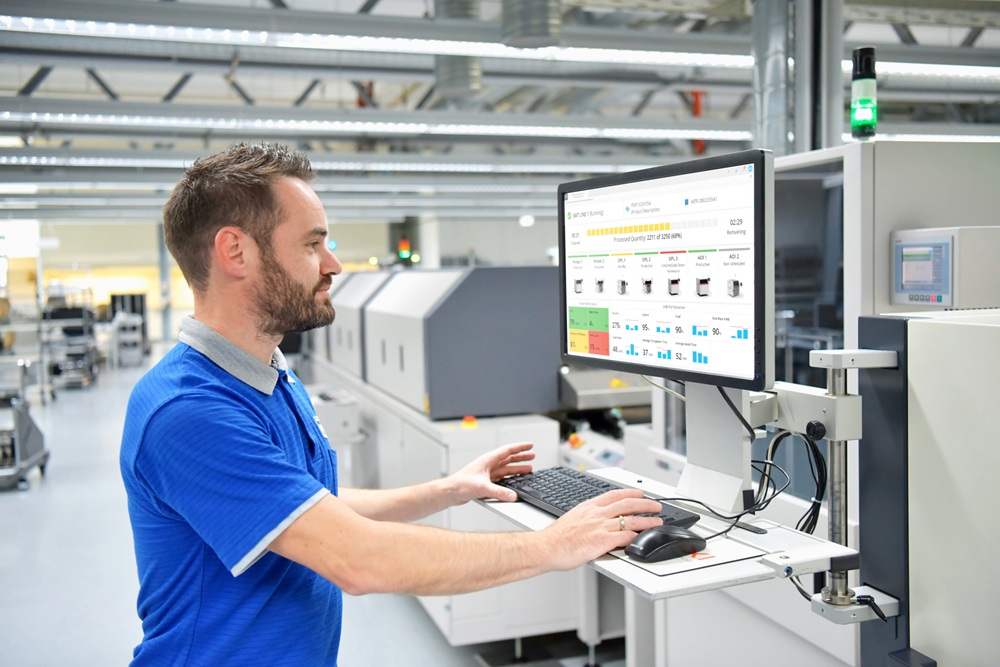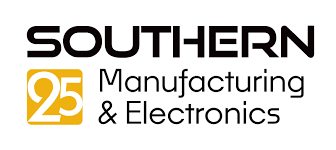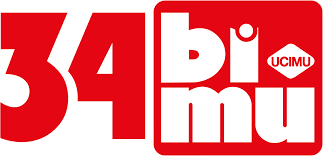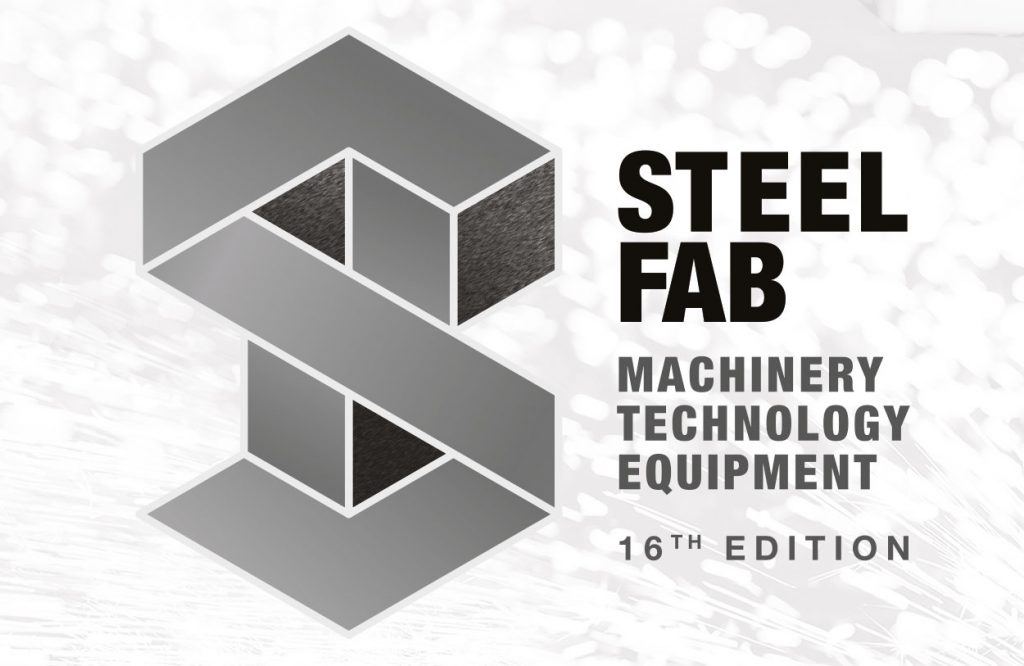UltiMaker has introduced its S6 3D printer, a new addition to the company’s portfolio that combines speed, ease-of-use and flexibility. While UltiMaker continues to innovate across its ecosystem, much of the company’s focus is on enhancing productivity. The S6 delivers print speeds of up to 500 mm/s and 50,000 mm/s² acceleration with the new UltiMaker Cheetah motion planner, optimising every move for up to four times faster print times than its predecessor.
Dual extrusion capabilities add even more efficiency, enabling seamless multi-material printing. Moreover, with both print heads supported by a single material station, users can maximise the uptime of their system even further. The S6 also offers a choice of two build plates: a flexible plate for broad application versatility, and a glass plate for medical or food-packaging prints where enhanced hygiene is essential.
Designed for versatility, the S6 is fully backward compatible with the UltiMaker S5, ensuring a seamless evolution from a platform that has sold more than 40,000 units globally. Material stations, air managers, print cores and materials are interchangeable across the entire S series. And for larger manufacturing operations, previously sliced parts can be reused, keeping production flowing without the need to recreate files.
The familiar interface and ecosystem, designed for a shallow learning curve and ease-of-use, help teams get up and running quickly. Engineered for consistent, reliable results, this is the first UltiMaker printer backed by an extended 24-month warranty – double the standard – for peace of mind.
More information https://ultimaker.com/
